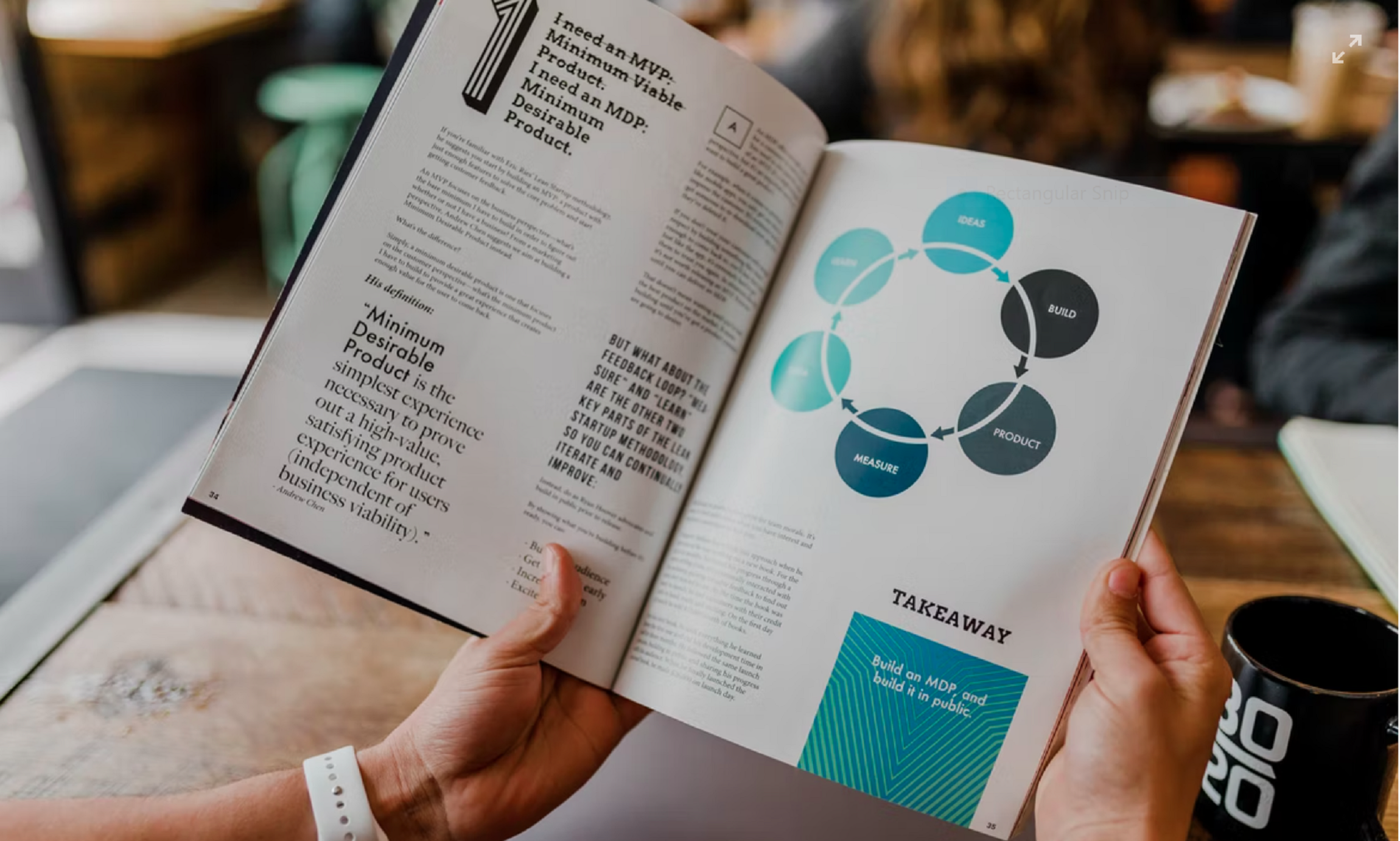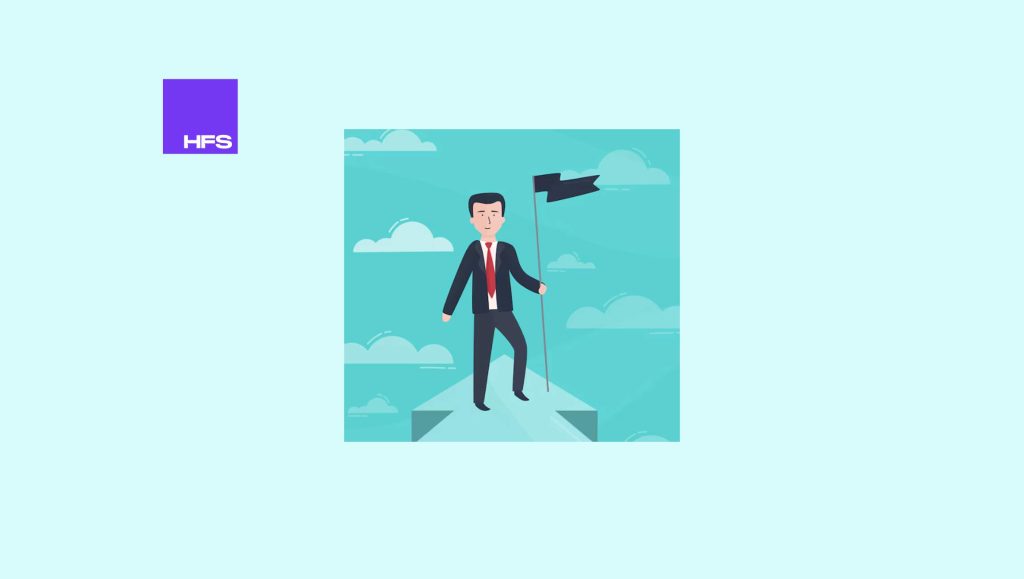A commonly accepted thought in B2B sales is that the typical sales cycle is usually longer than others and especially more so when compared to a traditional B2C sales cycle. While this is one of the basic fundamentals that most B2B sales teams work with, a key sales secret here lies in identifying what can be done to shorten this (usually) long process with the right triggers and steps.
Read More: SalesTechStar Interview With Jon Pruitt, VP Of Partnerships At Daasity
Here are a few sales thoughts or sales myths to bust through 2022 to help shorten your B2B sales cycle:
Discussing Pricing in the Initial Call or Follow-up Conversation is Wrong
A common sales myth followed by several SDRs is that pricing shouldn’t be discussed at the initial stages of a conversation. However, given today’s highly competitive market dynamics where B2B prospects demand a better sense of transparency when it comes to processes-products-and-pricing, sharing a fair idea or pricing-range (even if not an actual fixed price) of your particular product or service during an initial discovery call can actually help them consider you or keep your brand name ahead of their list when they are in the process of comparing vendors.
Seasoned sales people can actually use discovery or follow up calls to understand more about their prospects budget constraints and use those triggers to dovetail and customize product pricing with discounts to lure prospects and get them to convert faster…
Creating Overlaps in the Sales-Cycle Stage is Forbidden
B2B sales typically involves a discovery call, a demo, creating a deal in your CRM or other centralized salestech/martech system, having a technical or query round to address prospect concerns, booking a final discussion or evaluation call before finally getting the deal to close. However, this is just in theory, this format does not typically measure the number of email, LinkedIn or call follow-ups required to move B2B prospects across these theoretical buying stages.
Salespeople today can actually use this to plan overlaps between stages (taking a cue from point 1 above) with the aim of reducing the number of steps or number of meetings needed to get a deal to close.
Including pricing or other decision-based details into initial calls is just one way of doing things (in most cases, pricing is discussed at a later stage in the conversation when a prospect is truly interested in your product).
Some sales leaders suggest using the last few moments of a demo to share recent use cases for instance. Others suggest sending a one-pager after a demo call with a customized discount or feature comparison sheet that pegs direct competitors and their features with your own.
This can also create a good base for the next conversation, whenever it happens, allowing sales reps to redraw attention to the document(s) that were sent after a previous call (based on top features/pricing/other factors) to kick start an actual buying decision.
It’s not Okay to Request Multiple Decision-makers to Join in your Meeting
Most sales people / SDRs end up pursuing one prospect from an account at a time, but we are all aware how in business-to-business, there are always multiple decision-makers involved in making a final buying decision or signing off on a project.
Taking a cue from this, once a sales rep has initiated a first-level discovery call, they can consider using the next follow-up to clearly and creatively request the prospect they are taking to, to have fellow decision makers join in – using a trigger like: I have something specific to share with your core team that can truly benefit your company (for instance) can be a good starting point…
End Note
B2B sales doesn’t have to be complicated or lengthy anymore. With access to the right data, purchase intent, business intelligence and with a fair bit of tweaks in internal processes and messaging, sales people can actually use their salestech and smarter sales modes to drive faster closures and sales.
Looking for some other key insights that can help you drive your B2B sales process? Catch some useful tips through these conversations with industry leaders.
Read More: SalesTechStar Interview with Dagbert Sansen, General Manager for the Americas at Akeneo





















